If you’re not paying close attention, it would be easy to think Grant Haua has a bout of the blues. His new 2023 album Mana Blues follows closely behind his 2022 release Ora Blues at the Chapel Vol. 1 and 2021’s album Awa Blues. Sadness indeed, but it’s not quite clear what’s the source of the melancholy. Haua has quietly been accruing a quality career: he recorded four albums and toured for years as half of Swamp Thing (with Michael Barker, who was also part of the classic line-up of the John Butler Trio), he’s been in the top 25 albums of the year in Rolling Stone, played WOMAD and WOMADelaide, played the German music television show Rockpalast and occupied the number 1 spot on New Zealand albums sale charts. Why so sad?
Mana Blues sees Haua trying to lift the blues away by swapping the acoustic guitars of his previous solo albums for electric guitars, on this 41-minute record – ostensibly of blues but, well, … not entirely. Mana Blues may not, in fact, be a purebred blues album at all but rather is something of a mixture of foot-tapping rootsy rock and roll, a bit of blues, some balladry and – just so it’s not all too agreeable – a couple of welcome history lessons too.
The album begins with the first of these, Pukehinahina, named after the 1864 Battle of Pukehinahina, when Maori were famously victorious over the British. Haua has whakapapa in the Bay of Plenty and has said he has been deeply moved by the “badassery” he discovered of his ancestors when researching that battle. Later in the album we hear Embers, a reflection on the tragedy of war and genocide in Europe during the last century, which also has moved him in ways previous research and songs have not. “The songs about war on this album are a departure from the norm as a writer for me. These are serious topics which I normally steer clear of, having not known the horror of it personally.” In Europe he “felt an incredible mix of sadness, loss, but also pride, awe and respect for men long in the ground,” – and here it’s inspired two of the strongest songs of the set.
The rest, he admits, is “standard fare.” It’s not so much blues as the reflections of, dare I say, perhaps a person who is feeling like they’re getting older. He can’t face going to work anymore (Blame It On A Monday), his woman’s making him jealous (Jealousy), he’s paying his dues (Aches), in fact almost every part of his body aches – ears, mind, nose, eyes, feet, toes, brain and bones – and he’s looking for a range of good stuff (Good Stuff). He has a momentary boost from remembering good times on Bad Mofo, as he remembers musical heroes of his past. But still here he settles for his own life of just having some rhythm and having some blues – which are “good enough for me.” It reminds me of one of Huey Lewis and the News’ biggest hits, Stuck With You – a reflection on whether settling for whatever it is you’ve got is going to be sufficient, with Lewis’ protagonist also conceding that he’s happy enough with that. For Haua, like it probably was for Lewis, I can’t help thinking this isn’t autobiographical at all, but rather just a pop song written for Generation X-ers to tap along to, sitting in their folding chairs with their sauvignon blanc in the sun.
These songs are indeed standard fare, though they are catchy, have cracking melodies and are well performed (Haua’s voice is great, and versatile, as is his guitar playing). The production, if anything, is too clean, as it doesn’t sound like a guitar band in your garage but rather one playing in a studio with a sound engineer making everything just-so. So, it’s foot-tapping stuff, light guitar rock and blues that will please many who are looking for a dose of something somewhat local, conventional, familiar and undemanding.
This is, except for the two war songs and – most notably – the only cover on the album, here called Time of Dying. This is a song with an interesting history. The original recording, made in 1927 by Blind Willie Johnson and called “Jesus Make Up My Dying Bed,” was itself a derivative of an earlier version. The earlier one was “Jesus goin’ a-make up my dyin’ bed,” which appeared in Robert Emmet Kennedy’s 1925 written account of Louisiana street musicians but was never even recorded until Johnson’s version. Josh White then recorded it as “Jesus Gonna Make Up My Dying Bed” in 1933, and then again in 1944 and 1946 as “In My Time of Dying.” And now you know the song I’m talking about …
It’s initial fame came though the recording made by Bob Dylan (“In My Time of Dyin’”) on his first album in 1962, where Dylan credited himself, of course, as the song writer. Later came the Led Zeppelin version “In my Time of Dying” on Physical Graffiti, where the credited songwriters were Bonham, Jones, Page and Plant.
That said, the versions are hardly similar in any respect except for the lyrics. Dylan’s version is not even three minutes long, whereas Led Zeppelin’s is over 11 minutes long. Haua cranks it out in just about 4 minutes, and it’s a blast. He ups the noise and the volume and breaks away from the middle of the track. In feel and energy, it has more of the immediacy and drive of much of Swamp Thing and, for me, along with the war songs here, was the standout material. Proper crunching blues guitar with deep bass and Hammond organ backing, it makes for a terrific song.
For many of us on a Sunday afternoon, with our glass of APA or sav in the sun next to a BBQ, the sound of Mana Blues through the open ranch sliders will hit the spot. But I suspect this may be an album with two kinds of fans – those who want more of the standard fare, and those who want more of Haua’s stuff from closer to the edge. Whatever, it seems Grant Haua is perhaps only half a step away from the Bad Mofos he reflects on here. Indeed, perhaps if he and the band played this material at that BBQ in our garden, he’d be just that – a Bad Mofo indeed – until the arrival of a noise control officer.
Related Acts:
More by Michael Durand
EP Review: Rock ‘n’ Roll Heart
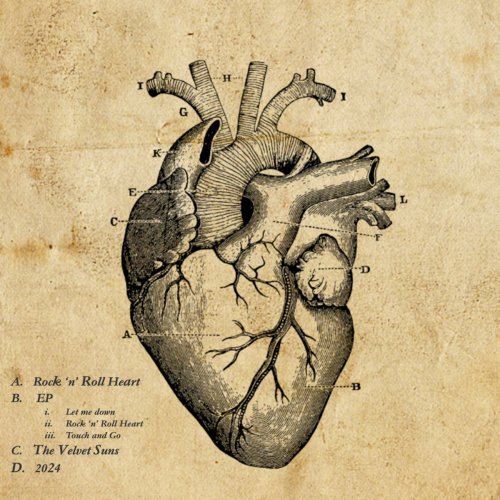
Album Review: Born Again

EP Review: Close Your Eyes It’s Right In Front Of Your Ears
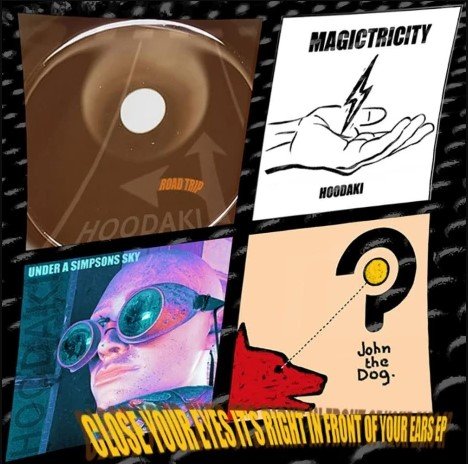
Album Review: Nirvana Is Peace

EP Review: Weather Dependent
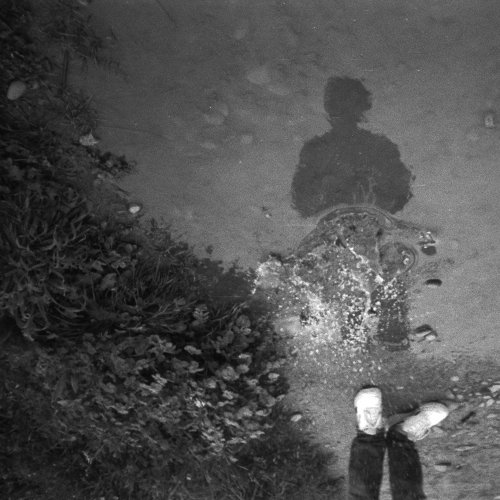
Album Review: Please Go Wild

EP Review: DirtyFunknSoul

Album Review: Disappointing Sequel
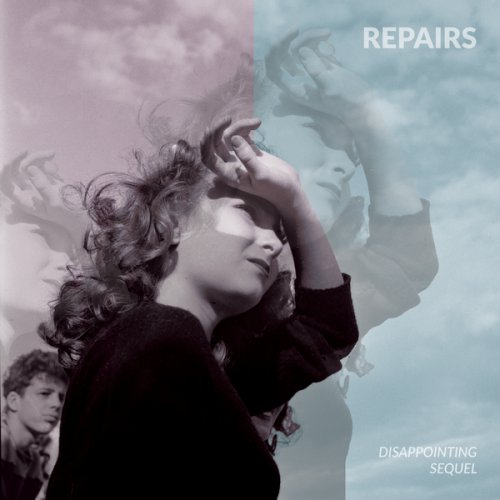
Album Review: Slow Death
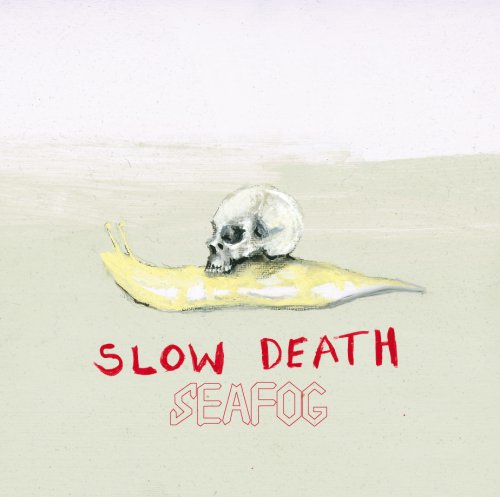
EP Review: Green Peaceful Lake

EP Review: Tahitahi

